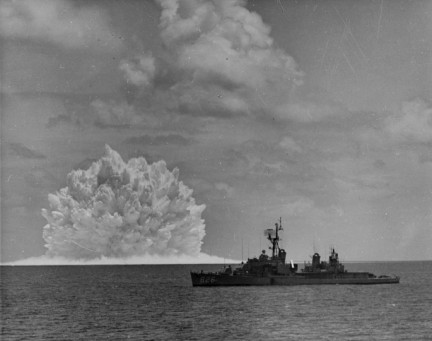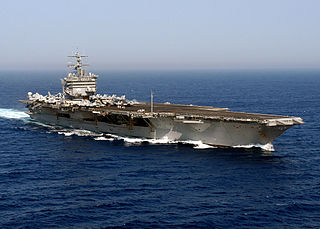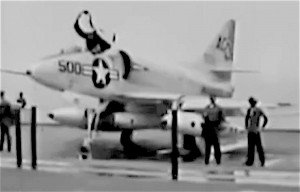Declassified: U.S. Sea-Based Nuclear Weapons
 Recently, interesting documents from the Cold War era have been declassified in the United States. An article was published earlier on Geektimes. The United States published a list of targets for a nuclear strike in the USSR , describing the essence of some declassified documents. Recently published a no less interesting declassified document on the US Navy’s nuclear arsenal.
Recently, interesting documents from the Cold War era have been declassified in the United States. An article was published earlier on Geektimes. The United States published a list of targets for a nuclear strike in the USSR , describing the essence of some declassified documents. Recently published a no less interesting declassified document on the US Navy’s nuclear arsenal. The Federation of American Scientists (FAS) has published declassified documents on the disposition of US nuclear weapons during the Cold War, specifying the large-scale preparations for the US Navy for a nuclear war at sea.
The floating nuclear arsenal included a wide range of weapons such as unguided nuclear bombs for aircraft based on aircraft carriers (carrier-borne nuclear gravity bombs), nuclear anti-submarine depth charges, nuclear-powered torpedoes, nuclear anti-submarine missile systems, surface-to-sea nuclear missiles surface ”and submarine ballistic missiles.
The US Navy deployed most of its nuclear power in the Atlantic. By the 1970s, nearly a third of the US nuclear arsenal was sea-based. This number fell slightly with the end of the Cold War, both due to the removal of tactical nuclear weapons from service, and due to a decrease in the total number of nuclear weapons in the US arsenal.
FAS's Hans Christensen provides an interesting comparison of the size and location of nuclear weapons with known cases of nuclear weapons incidents.

On January 14, 1969, a severe disaster occurred on the USS Enterprise aircraft carrier, potentially threatening its arsenal of nuclear bombs and its nuclear propulsion system.
The ships armed with nuclear weapons repeatedly collided with each other and with their Soviet "colleagues."
USS aircraft carrier John F. Kennedy collided with the Belknap cruiser on November 22, 1975, causing the cruiser to catch fire and nearly sink. Both warships carried nuclear weapons.
A FAS article also describes collisions with Soviet surface and submarines carrying nuclear weapons.

Like aviation, the fleet was losing nuclear weapons. A-4 Skyhawk with nuclear weapons rolled off the USS Ticonderoga in 1965 and disappeared without a trace in the abyss.
The submarine USS Scorpion on May 27, 1968 sank along with the crew and two nuclear torpedoes.
The Soviet and Chinese fleets also widely used nuclear weapons at sea, but little is known about the losses.
The accident history clearly shows why many countries were concerned about the deployment of the US Navy off their coast during the Cold War. For example, New Zealand banned US warships from visiting its ports, resulting in diplomatic revenge on the part of the United States.
The United States withdrew tactical nuclear warheads from its ships shortly after the end of the Cold War, and soon ceased to use all nuclear weapons on surface ships. Nevertheless, the United States continues to retain part of the warheads intended for destruction.
In today's world, the emerging maritime competition between China and the United States is likely to lead to the return of nuclear weapons to the sea, but in the Pacific. In the Atlantic, one should not expect a significant change in the situation, despite the political background and the new military doctrine of the Russian Federation - since the Cold War, the situation in Europe has changed and in the absence of the Warsaw Pact, the United States has more convenient and close ground basesthan the expensive duty of the fleets, at a relatively greater distance.
On the other hand, an increase in the quantity of nuclear weapons elsewhere on the part of the Russian Federation is unlikely - "Russia has reduced its nuclear arsenal to the level of the late 1950s and early 1960s."
PS article tags copied from thematically related publications.
